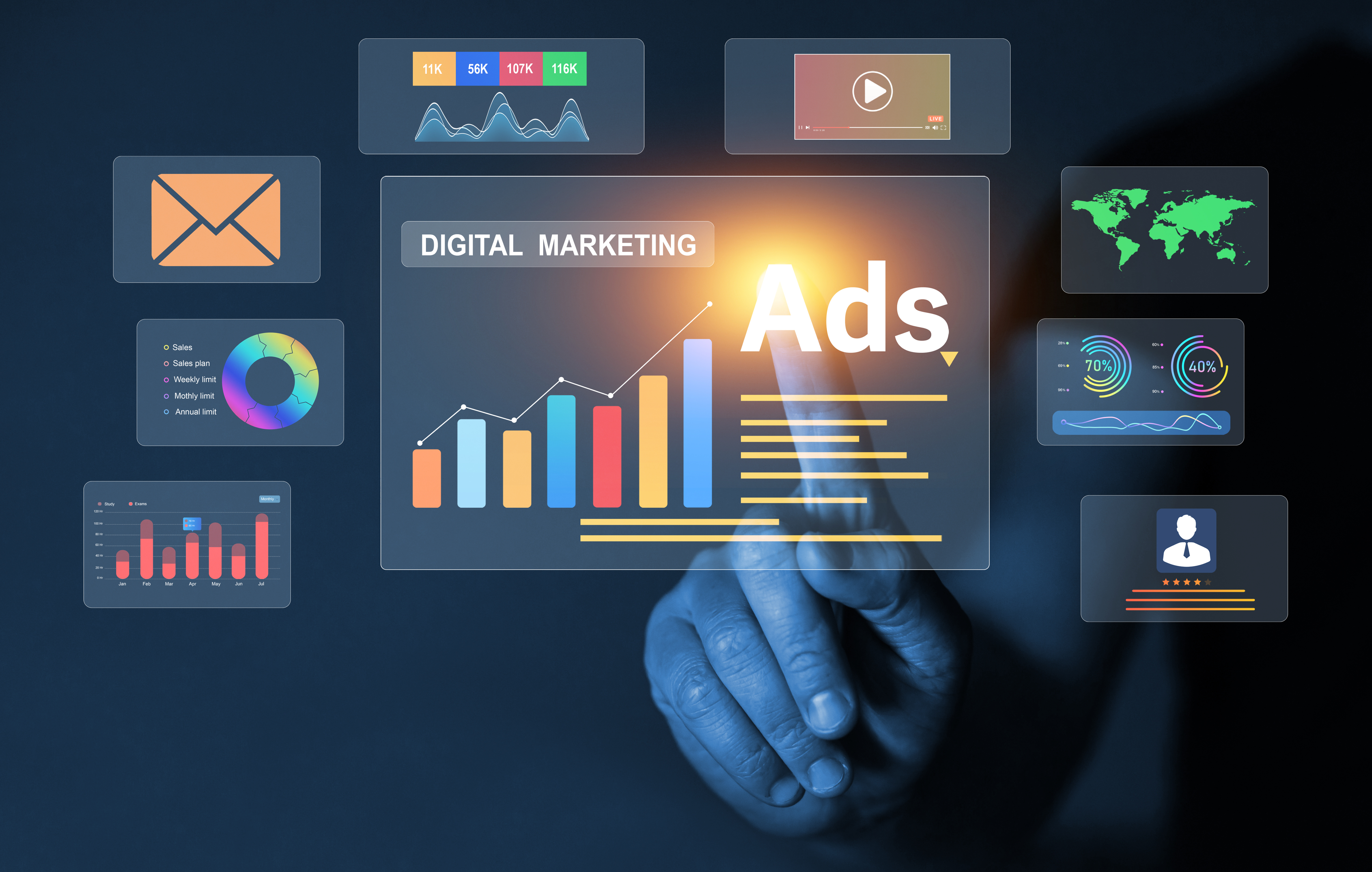
You’ve got a brand that’s doing well locally. People know you, your offer is clear, and sales are coming in. But when it’s time to grow beyond your area, your approach needs to shift. This is where digital marketing steps in. It helps you reach new audiences, attract the right customers, and build trust in places where no one knows your name yet.
Going global means knowing how to market your brand in a way that still feels personal, no matter where people find you. Building trust at every touchpoint becomes even more crucial when your audience spans cities, cultures, or continents. Ready to make that leap from local hero to global player? Here’s how to make scaling brands happen.
Start With What Works
Before you go wide, get clear on what’s already getting results. What do customers like about your brand? What brings in sales? Your next move should be based on data, not guesses. Informed decisions are what drive real growth.
Look at your current audience. What do they have in common? What keeps them coming back? Take that core and build around it. Scaling doesn’t mean changing who you are. It means making that message fit bigger spaces.
This is where working with a digital marketing agency can help. A good agency won’t try to reinvent your brand. They’ll help you spot gaps, find better ways to deliver your message and test growth strategies that match your goals. It’s not about doing more but about doing the right things.
Speak to New Markets the Right Way
What clicks with one audience might fall flat with another. Expanding means you’ll need to fine-tune how you speak, write, and present your brand without losing your voice in the process. The message stays true, but the delivery evolves.
Different target audiences have different needs. How you talk to them should reflect that. Adjust your tone, your content, and your offer to match the people you’re trying to reach. Don’t assume one version of your message works everywhere. Finding the right fit gives you a competitive edge in unfamiliar markets.
If you're moving into a new city, state, or country, test before you commit. Run small campaigns. Collect real feedback. Look at what people respond to. Use that to shape your marketing strategy. The more you learn early on, the smoother your path forward will be.
Help People Find You First
If you want to go global, you’ve got to be found, and not just on social media. Organic search plays a massive role in how prospective clients discover brands, especially in unfamiliar markets. If your brand doesn’t show up in the right searches, someone else will take that spot.
This is where keyword strategy shifts. What people search for in Chicago may be completely different from how someone in Berlin phrases the same need. Localized SEO means researching what real people are typing into search bars and not assuming it’s the same everywhere. These search patterns reflect customer behavior, which can vary drastically from region to region. Don’t copy and paste what worked locally. Search habits change from place to place.
Also, make sure your website speaks to your new audience. That might mean creating location-based pages or adjusting your messaging to fit. Keep it simple. Make it easy to understand. And make sure it loads fast and works well on mobile. That part matters more than most think.
Use Paid Ads to Test Faster

Ads can speed up growth, but only if they’re targeted. You’re not trying to reach everyone, only the people most likely to buy.
Start by identifying your high-potential markets. Where is interest already bubbling up organically? Where are you getting surprise orders or signups? Pay attention to what gets clicks, but more importantly, what gets conversions. That’s where your budget should go.
As you grow, keep an eye on your customer acquisition costs in each new area.Some regions will convert better than others. Some will take more nurturing. It’s not always linear. The trick is to monitor performance constantly, shift budget accordingly, and never assume one-size-fits-all will get you results.
Keep It Personal as You Grow
Scaling doesn’t mean becoming distant. If anything, it’s the opposite. The bigger you grow, the more important it is to stay connected to your audience.
Use email to keep communication strong. Automate follow-ups, but make sure they still sound like they came from a real person. The same goes for your content. Speak directly to people’s questions and challenges, especially the people you want to serve.
And don’t forget about your existing customers, as they’re your best marketing tool for long-term growth. Happy customers talk, and they leave reviews. They bring others in, so make it easy for them to do that. Keep them involved. Keep them informed. That’s how customer loyalty is built, and how real, sustainable growth happens.
In Conclusion: Think Big, but Act Intentionally
Scaling a brand is a big step, but it doesn’t have to be a blind leap. You already have something that works. The next move is about refining, adjusting, and testing your way into new markets. Focus on what’s proven, stay close to your audience, and keep your message clear. Growth means helping more people discover it. So, go big, but make sure it’s meaningful.







